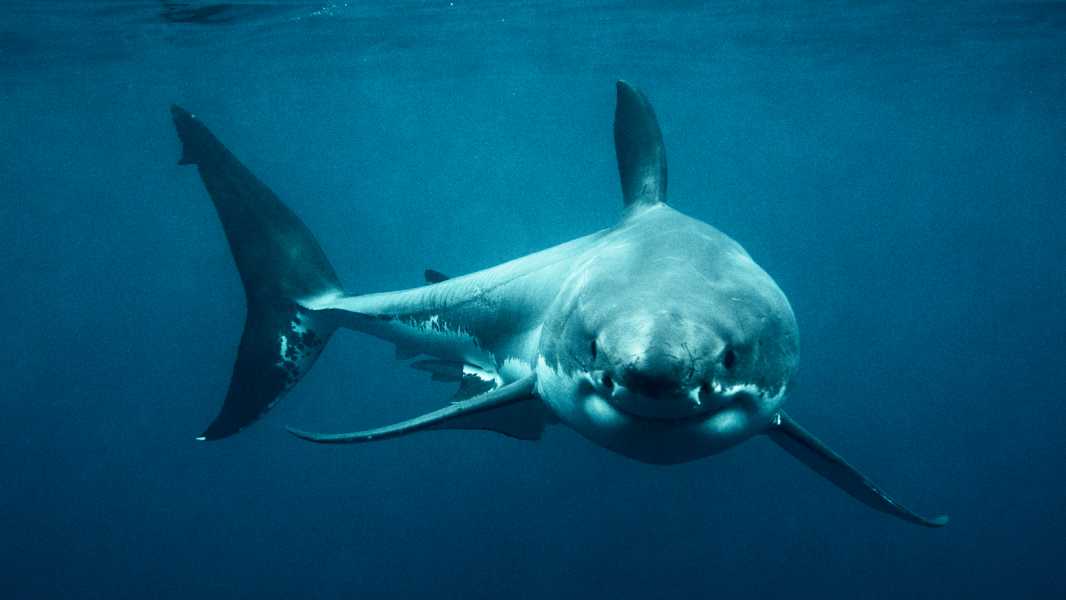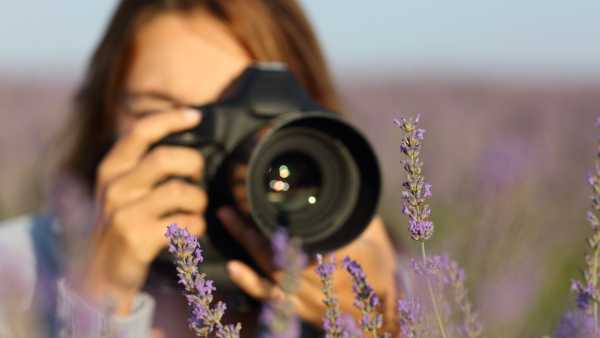
An 18.4-foot great white shark (not pictured) was caught in Queensland in August. (Photo: Nautilus Creative/Getty Images)
A recently caught great white shark on a drumline in Queensland, Australia, will be used to help scientists better understand the species. The giant female was only slightly smaller than the largest white shark ever caught.
The 18.4-foot-long (5.6-metre) female great white shark (Carcharodon carcharias) was found dead by Queensland Shark Management Program staff at Tannum Sands, off the Queensland coast, on August 10. She was pregnant with four pups at the time of her death.
“This is the largest great white shark caught by the Queensland Shark Control Program since it was established in 1962,” Tracy Scott-Holland, a spokesperson for the Queensland Department of Agriculture and Fisheries, told Live Science in an email.
There are insufficient and reliable records of great white sharks, and many historical accounts of giant sharks over 21 feet long have been shown to be exaggerations. The largest white shark with confirmed measurements was caught off the coast of Massachusetts and measured 19.9 feet (6 m).
Drumlining is a fishing method where a baited hook is attached to a buoy and floats while a chain anchors it to the seabed. The Queensland Shark Control Program uses drumlining to reduce the likelihood of shark bites. If a bull, tiger or great white shark is caught – or other species known to bite unprovoked – it is tagged, relocated and released if possible and safe. Those caught outside the Marine Park are euthanised.
Queensland authorities are trialling capture alert drum lines that send satellite messages to a response team when a shark is caught so they can quickly tag and release the animal. However, in the case of the pregnant great white, the team did not arrive in time.
“It’s a shame to lose such a large, reproductive animal,” Bob Huether, an obstetrician and chief scientist at OCEARCH, told Live Science in an email. “Typically, workers can reach a captured shark in about half an hour to tag and release the animal.”
As top predators, sharks maintain a balanced and healthy ocean food web, so their decline has knock-on effects on many other animals. Globally, a third of sharks, rays and chimaeras are threatened with extinction.
Great white sharks are listed as vulnerable on the IUCN Red List and face threats such as overfishing and incidental catch. The East Australasian population consists of approximately 750 adult breeding individuals.
Great white sharks reach sexual maturity around age 20 or 30 and bear between two and 17 young every two or three years. This slow reproduction makes it difficult for the species to recover from threats.
The premature death of a pregnant female can have a serious impact on the local population. “The loss of this very large pregnant female, along with her four cubs, is a blow to the genetic diversity [of the population] and its ability to recover,” Hueter said.
Leonardo Guida, head of shark conservation at the Marine Conservation Society of Australia, told Live Science in an email that he was “overwhelmed by a mixture of awe and sadness” when he heard the news.
“Judging by her size, it is likely she was born in the late 1990s, when great white sharks first became a protected species in Australia,” he added.
Sourse: www.livescience.com





